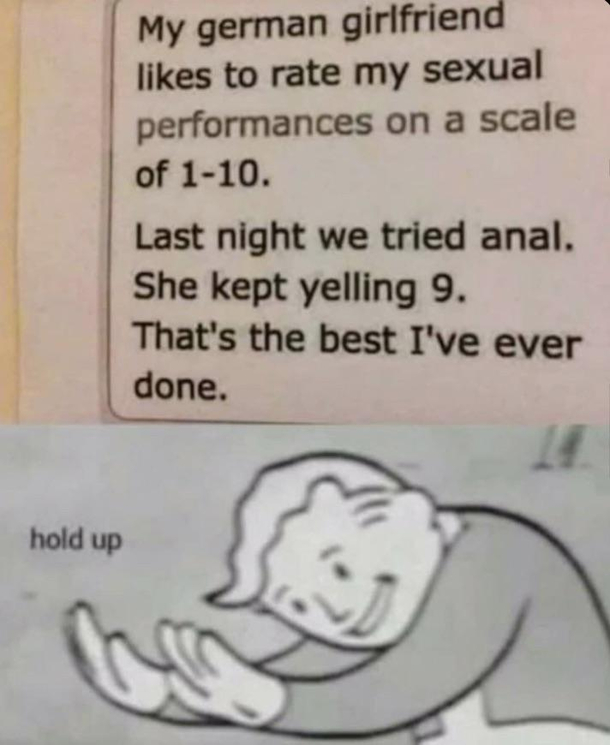
You could gap ‘they’ to check students’ understanding of the changes in pronoun. ► Here are two examples with ‘they’ instead. (Technically, this is called ‘a co-referential pronoun.’) Why is it there? The answer you might get in one form or another is that the pronoun represents the head or tail in the other part of these two-part sentences. They’ll find one extra word in the spoken grammar version. ► Then in each sentence pair, ask students to count the words in the two versions. Is that white building the Museum of Contemporary Art? That white building, is it the Museum of Contemporary Art? ► Together with the class, now rewrite both examples in more conventional grammar, just so that students can see the difference: They may, for example, point out ellipsis (leaving words out): ‘Fantastic’ instead of ‘It’s fantastic’ or ‘Too violent’ instead of ‘It was too violent.’ But they’ll probably also notice the ‘heads’ and ‘tails,’ now in bold: ► Ask them to identify any language features that they find interesting.

To introduce the topic to your students, you could show students some simple dialogues like these:ī: Fantastic! (pointing) That white building, is it the Museum of Contemporary Art?ĭ: Really? Too violent for me, I’m afraid.Į: Those new jobs you’re applying for, are they part-time or full-time?į: Full-time, but they’re only short contracts. Complex heads and tails sometimes used by native speakers He’s looking at you’ – in other words, a verbless first sentence, followed by a regular sentence.ĥ.

But since we don’t know what ‘punctuation’ a speaker is using, you could argue that heads and tails don’t necessarily exist within a single sentence: ‘That tall guy, he’s looking at you,’ for example, could be transcribed as ‘That tall guy. Note: In this lesson plan, I use the conventional one-sentence structure. In the first example at the top, it's possible that the speaker simply has the chunk ‘It's a great place, X’ in their lexicon and is fond of it, perhaps because the impact word ‘Brighton’ comes at the end in a final flourish. 'You know what? In my opinion, they actually do it deliberately, people who turn up late.'įinally, there's the issue of conversational style or preference.
#Just to clarify grammar full
Secondly, there are the occasions when you feel the speaker may be hiding the full meaning of an utterance on purpose, until they have your attention: 'He’s a real joker, him.' (OR: 'He’s a real joker, he is.') But there are at least three things that make the picture more complex. First, there are the times when no full or new information is given in the tail, and the result is simply repetitive (or emphatic): The obvious explanation is that you begin your utterance with a pronoun, and then feel you need to add the full noun, phrase or clause later, to avoid confusion. It’s not always clear why people use tails. Utterances with heads are often questions, but they don’t have to be: People use heads to emphasise (or ‘point at’) what is important by mentioning it first, and to make complex utterances easier to process by breaking them into two parts. 'Brighton’s a great place to go for a weekend.' (normal word order) 'It’s a great place to go for a weekend, Brighton (tail). 'What are the people over there waiting for?' (normal word order) 'The people over there (head), what are they waiting for?' ‘Heads’ and ‘tails’ are features of conversational English where bits of language are placed outside the normal clause structure, either at the beginning (heads) or the end (tails). Spoken grammar: heads and tails 22 March 2021


 0 kommentar(er)
0 kommentar(er)
